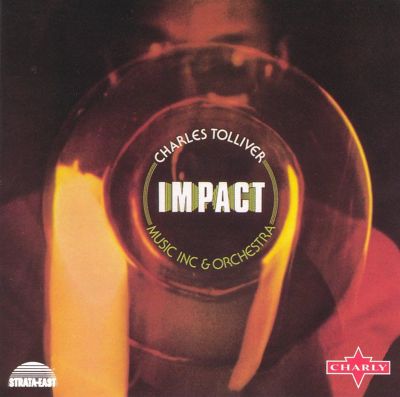Staff Picks for June 2025
June 6, 2025
These days, one might find it hard to believe Coldplay once made darker, more tortured, and guitar-driven songs. The last album to really sound like the Coldplay of old, X&Y – turning 20 today – is the Be Here Now of their catalog: it's bloated, in desperate need of editing, and sounds like a weary band rehashing more of the same for a third go-round. However, there's plenty of gold buried in the jumbled sequencing: in addition to timeless singles like "Fix You," the pummeling "White Shadows" and mind-bending "Twisted Logic" are reminders that, at the core, they are (and remain) a rock band.
June 5, 2025
The otherworldly guitar sounds that kicked off the Electric Prunes' 1966 smash "I Had Too Much To Dream Last Night" were the clarion call of a band that brilliantly merged psychedelic exploration with the sneer of garage rock. While later albums diluted their individuality, this collection of their first two LPs, non-LP singles, and relevant odds and ends is a superb summary of their strengths. R.I.P. vocalist James Lowe.
June 4, 2025
Off Broadway fused taut new wave arrangements with punchy power pop melodies not unlike their Illinois contemporaries Cheap Trick who ultimately had better songs and more staying power. Still, the band's catchy 1979 debut is worth revisiting for standouts like "Stay in Time" and "Full Moon Turn My Head Around."
June 3, 2025
Produced by Al Kooper, this debut (released 50 years ago this month) by the notorious San Francisco group is best known for the blazing anthem "White Punks on Dope." Although the Tubes' raison d'être was their shock-rock stage dynamic, Bill Spooner, Fee Waybill, and company could, on occasion, deliver some offbeat pop splendor.
June 2, 2025
Trumpeter/flügelhornist Charles Tolliver often straddled the line between the lyricism of hard bop and the adventurous nature of the avant-garde. Released in 1976, Impact contained a stimulating progressive edge within an energetic large band (14 horns, eight strings, and rhythm section) format. Tolliver's arrangements are consistently bright and build momentum, while the soloists are given sufficient room to maneuver through the multiple textures. Featured soloists in the remarkable reed section include Charles McPherson, James Spaulding, George Coleman, and Harold Vick.
June 1, 2025
As the Who go about the business of firing and hiring drummers while planning yet another farewell tour in 2025, let us savor one of their finest celebrations of youth culture in the 1960s and the siren song of AM radio. 1967's The Who Sell Out was the band's first great concept album, full of witty pop numbers, barbed radio spots, would-be commercials, and the vengeful ferocity of "I Can See For Miles."





